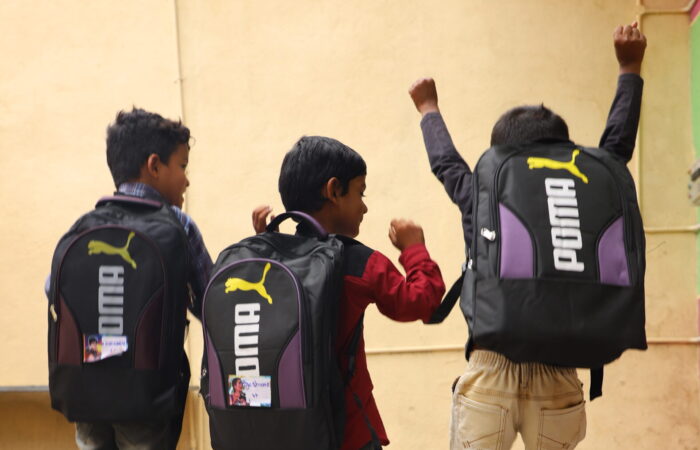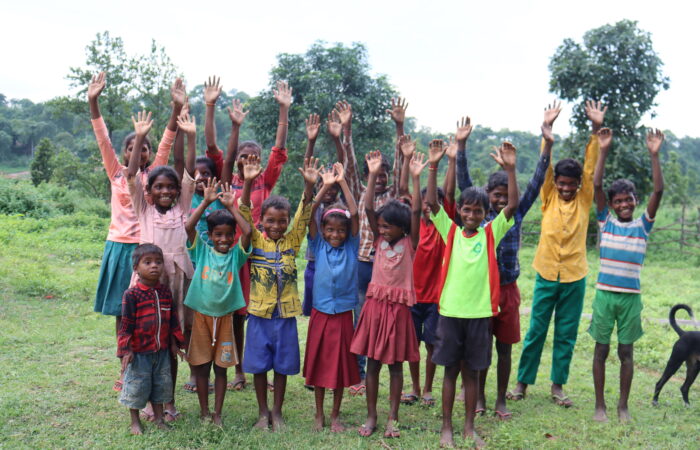One of the oldest traditions that India has seen is the Devadasi system. It involves a ritual in which young girls, usually before puberty, are married off or dedicated to deities. It has been infamous for the sexual exploitation and discrimination against the girls and women.
Some may think that it’s an issue of the past when the matter of fact is that in today’s day and age there are over 40000 Devadasis living in the South Karnataka region of India.
But how did this tradition start and when did it become exploitative? Let’s dig deep as we unwrap the Devadasi tradition.
Who is a Devadasi and Why is it a problem for India?
In other ways, the term ‘Devadasi’ may refer to a ‘slave of the god’ or ‘servant of the god’. Young girls often before attaining puberty are dedicated to the temples in the name of God so as to dance, placate and amuse their god including the priests, local zamindars, and upper-caste men.
These devoted ‘in the name of God’ females are sexually abused. They are denied the right to marry any mortal man, the right to inherit, and other fundamental rights provided by the Indian Constitution.
Yet, the tradition has evolved from its initial form. These women are reported to have had great honor and prestige between the 6th and 10th centuries AD. And in addition to their,
“The devadasis maintained and developed India’s classical dances. Bharatanatyam is a modern version of the sadir dance performed by Tamil Nadu’s devadasis. Odissi was performed by temple devadasis in Orissa. Devadasis have made substantial contributions to music as well. MS Subbulakshmi, Lata Mangeshkar, and her sister Asha Bhonsle, three of India’s most famous female vocalists, have devadasi ancestors.” (Source)
In fact, they served a variety of responsibilities in the community’s ritual and religious life, for which they were rewarded with acclaim and financial support. This practice gradually became exploitative as the Devadasis were forced into prostitution after the 10th century AD.
The girls who are dedicated in their existing form are largely from scheduled caste and scheduled tribe communities. The states of Tamil Nadu, Karnataka, Andhra Pradesh, and Maharashtra are the most prevalent areas of Devadasi practice.
Religion, caste dominance, patriarchy, and poverty are the primary reasons why the Devadasi system continues to thrive.
According to the National Commission for Women, there were 48,358 Devadasis in India in 2011. However, according to a 2015 report presented to the International Labour Organization by the Bangalore-based NGO Sampark, the total number of Devadasis in India is close to 4,50,000.
Issues Faced by Devadasi Community in India
Society accepts and celebrates Devadasi’s dedication, as well as the resulting sexual abuse of young girl children. Those willing to report are also afraid of the societal and community taboo.
Ineffective awareness programmes: There is lack of awareness about the provisions of the legislation in places where the prevalence of dedication is high.
Victims who are unwilling to report against their parents or relatives pose a significant issue. Insufficient preventive actions: Due to the unwillingness to file a report, cops and legal authorities are unable to take action and punish the real culprits involved in the system.
Lack of coordination: Coordination is lacking among the many departments, agencies, and bureaucrats, resulting in ineffective efforts to end Devadasi’s commitment.
Health Risks: Devadasis forced into prostitution are susceptible to sexually transmitted diseases such as AIDS.
Causes for Devadasi System Still Practiced in India
The Devadasi system is a national issue that is still present in various places of India. One of the major impediments to understanding why the Devadasi practice is not declining is the lack of credible statistics on its prevalence. According to the National Commission for Women, there were 48,358 Devadasis in India in 2011. Continuous efforts are being made to reduce this large number.
The following are some of the key reasons why the devadasi method is still used in India.
Caste Domination: As a result of years of upper caste control, the practice is still prevalent among socially and economically weaker castes. Families who are significantly influenced by relevant caste and class characteristics believe that committing the girl is critical to fulfilling their responsibilities. The Devadasi system, like child marriage, is extremely difficult to remove due to the involvement of the family and the entire devadasi community in the commitment.
Religion: According to religious beliefs, if a family dedicates their daughter to a deity, the deity will be pleased. This is one of the main reasons why people continue to follow this tradition.
Poverty: The majority of Devadasis today come from lower socioeconomic classes. Some families believe that donating their girls will help them advance in the rigid caste system and increase their social position.
Patriarchy is also one of the key reasons behind the still-practiced Devadasi system.
As when patriarchy is ingrained in a family’s culture, it can have a significant impact, especially on women who want to fight for their rights, pursue their dreams, earn their own money, study their preferred subject, or choose who they marry.
Women who do this may face humiliation, scorn, and, in extreme cases, violence.
Lack of Awareness: Some girls and even their families are unaware of this custom, and as a result, they become a part of the devadasi system.
Actions Should be Taken Against Devadasi System in India
With the help of CIF’s Good Project 2600 girls from Devadasi communities will be transformed into change agents who will advocate for their rights in front of duty bearers and carers. The project organizes girls into Kishori Clubs, where they are taught life skills, advocacy tools, and research techniques, all with the goal of empowering them through participation in their development. The Kishoris have been trained to communicate their problems and concerns to government officials and law enforcement.
Our Various projects are empowering girls and women through education, life skills, vocational training, etc. Our Team is also working with the CSOs, government, temple priests, etc to discontinue this evil problem of India.


